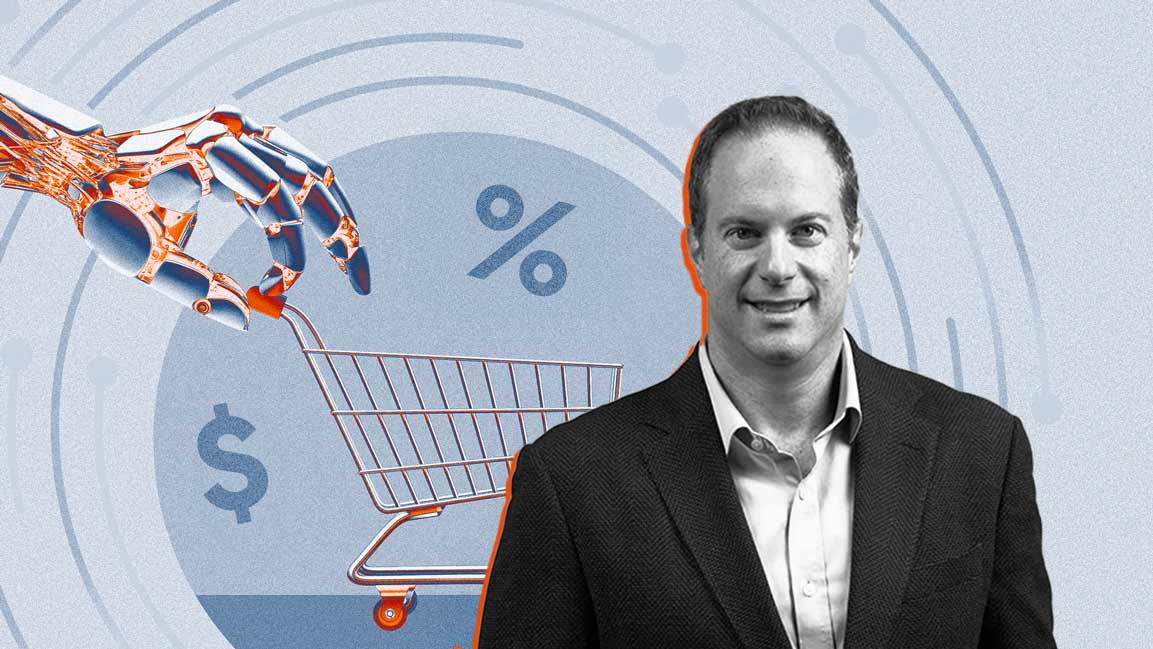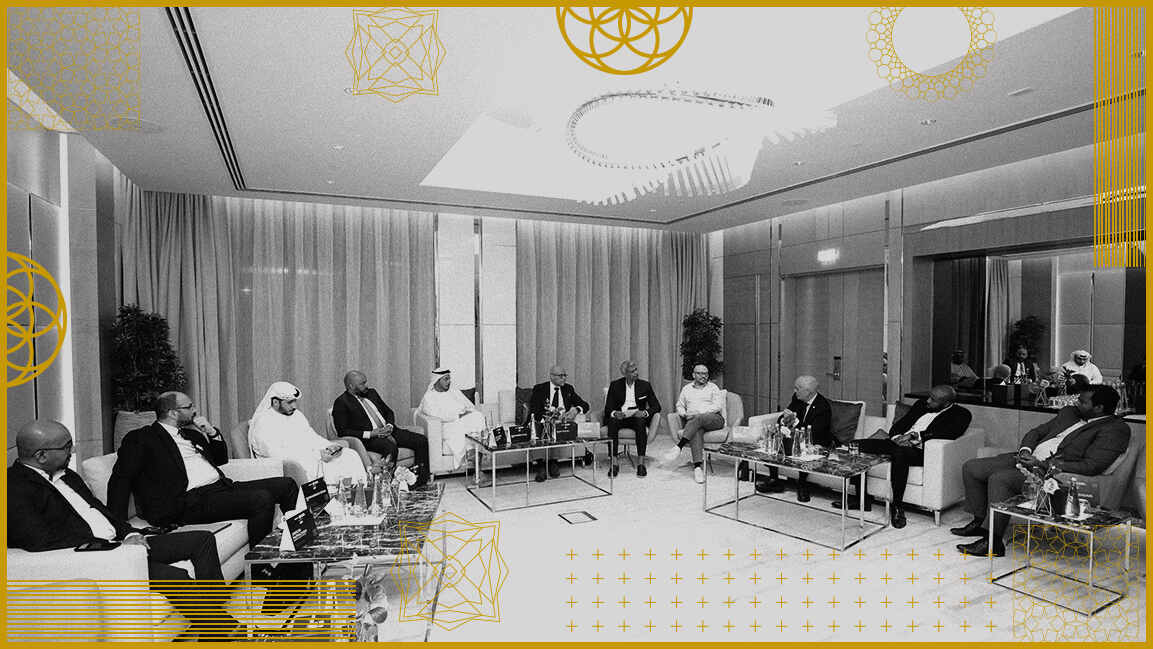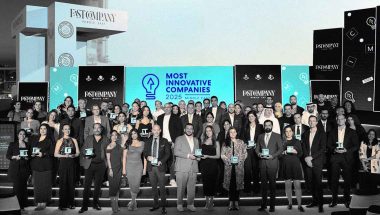- | Core42
How Core42 and Microsoft embed intelligence into the sovereign public cloud
As enterprises invest in AI and regulations tighten, there's a demand for platforms that combine hyperscale innovation with sovereign assurance

Cloud computing and AI are closely linked, but achieving success now requires more than just speed and scale. As enterprises invest in and innovate with emerging technologies like artificial intelligence (AI), cloud services need to secure digital ambitions while complying with regulatory requirements and data residency guarantees that leadership teams increasingly demand. These services must facilitate the responsible development of AI, enabling enterprises to grow and innovate effectively.
Over the years, enterprises in highly regulated sectors that have shifted workloads to the cloud have faced a persistent challenge. They are attracted to the scale, speed, and resilience offered by hyperscale platforms, but they are also limited by strict regulatory and sovereignty requirements that leave little margin for error. As a result, many organizations hesitate. Leaders see the potential benefits of cloud adoption but are concerned about the compliance risks of rapid adoption.
Traditional approaches to governance have not resolved this challenge.
Global cloud applications need appropriate security controls and audit logs to track data access patterns as data storage, computing, and consumption shift form a shared global instance to a local mode. While static audits and manual reporting may satisfy for a moment, they cannot keep pace with systems, especially the rapidly evolving AI models.
This, in turn, has a ripple effect on enterprises embracing AI. When compliance frameworks move too slowly, they create bottlenecks that delay cloud adoption and AI initiatives, holding back the innovation enterprises seek to achieve.
Core42 has adopted a tiered approach rather than a one-size-fits-all model to foster innovation while upholding the highest data sovereignty and regulatory compliance standards. Sovereignty, in its view, must be intelligent. It cannot be a passive safeguard or a reactive layer applied after the fact. It must actively guide enterprises as they adopt new technologies and continuously adapt as requirements shift.
This philosophy underpins the value of the company’s Sovereign Public Cloud. Built on Microsoft Azure’s global infrastructure and governed through Core42’s sovereign control platforms – Insight, the system incorporates AI-driven capabilities that make sovereignty dynamic, proactive, and actionable.
TURNING COMPLIANCE INTO INTELLIGENCE
This year, Core42 introduced AI-driven recommendations within its Insight platform, the governance and compliance layer of the Sovereign Public Cloud. With this capability, enterprises can see whether they are compliant and how to strengthen their posture. The system maps the journey from baseline requirements to optimal alignment for chief information security officers (CISOs), governance leaders, and regulators. For non-technical users, it translates complex frameworks into clear, actionable steps.
“Compliance is not simply a box to be ticked. It is a journey that requires constant adjustment,” said Mohammed Retmi, Vice President for Sovereign Public Cloud at Core42. “By embedding AI into Insight, we help customers move from reactive compliance to proactive sovereignty. The system identifies non-compliant resources and provides immediate recommendations on how to resolve them. That gives enterprises the confidence that they are not just aligned today but will remain aligned tomorrow.”
The most transformative capability within this environment is Insight Assist, a generative AI function designed specifically for compliance. For the first time, users can engage with their sovereignty posture as naturally as they would consult a colleague. A simple question such as “What changed in my compliance last week?” produces an answer grounded in the customer’s data.
This approach changes who can participate in compliance. Governance no longer belongs solely to security specialists or legal experts. Business leaders, project managers, and non-technical staff can now access the same information in a language they understand. Plus, planned user interface improvements will make Insight Assist even more intuitive, lowering the barriers to understanding sovereignty.
AI EMBEDDED IN THE DEVELOPMENT CYCLE
Core42 has also applied AI inward, embedding intelligence into how it builds and evolves its products. In collaboration with Microsoft, the company uses AI to translate customer requirements directly into technical backlogs. This accelerates development, ensures new features are tied to real regulatory needs, and allows the platform to evolve with its users.
“AI is not an add-on,” Retmi says. “It is becoming part of how we code, how we build, and how we serve. Every improvement to the platform is shaped by intelligence, which means customers benefit from faster and smarter compliance.”
In the era of AI and innovation, sovereignty cannot remain static. The same algorithms that fuel new products and services also create new risks. If sovereignty is to remain credible, it must advance at the same speed as the technologies it is meant to safeguard.
Integrating AI into sovereignty also broadly signals a direction for the cloud industry. As regulations tighten and AI becomes central to economic competitiveness, enterprises everywhere will demand platforms that combine hyperscale innovation with sovereign assurance. Core42’s model shows that it is possible to achieve both.
“Our goal is not simply to keep pace with compliance. Our goal is to make sovereignty intelligent,” says Retmi. “When sovereignty becomes proactive, it does more than protect. It builds trust, which allows enterprises and nations to lead in the digital economy.”









































